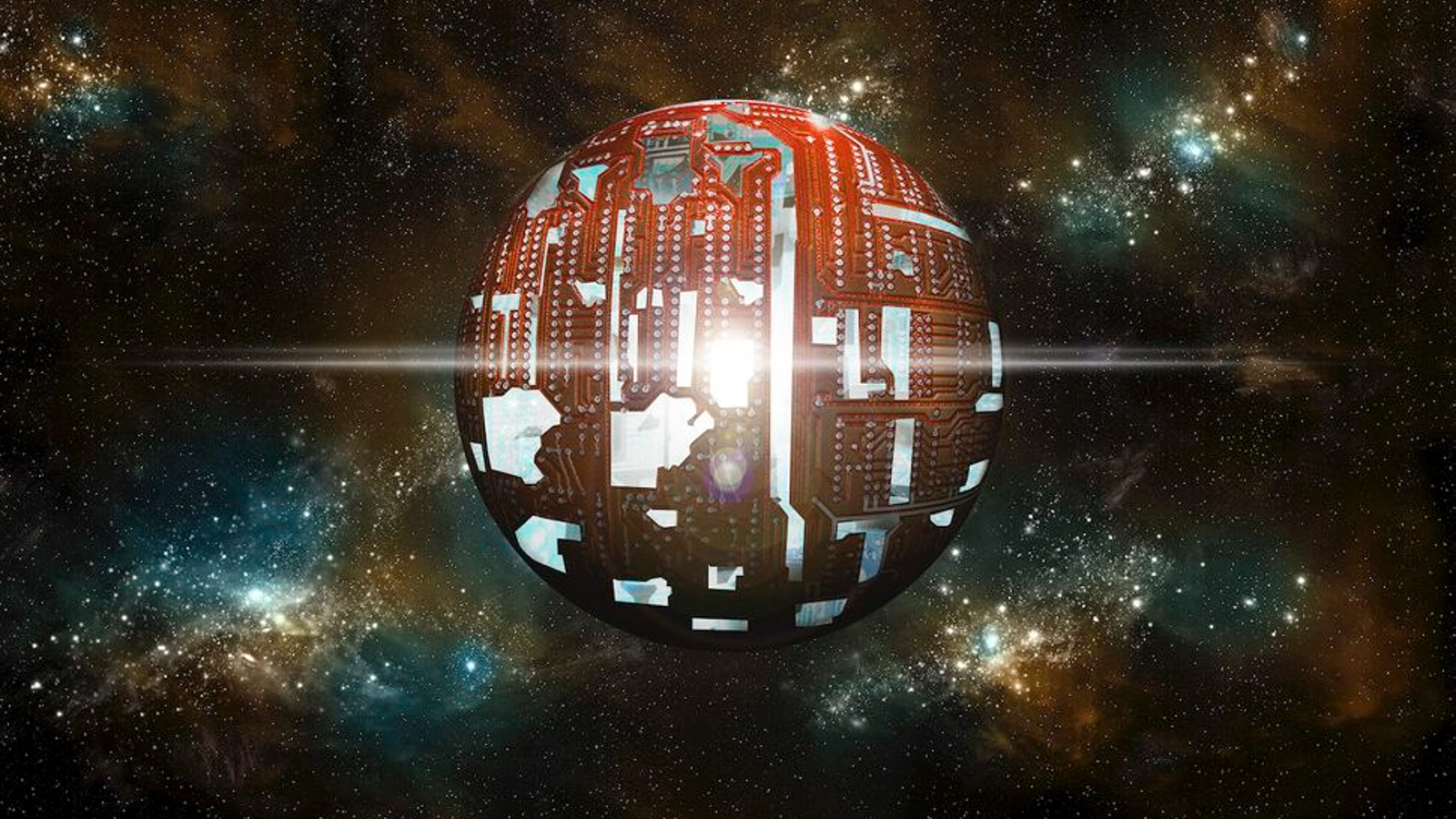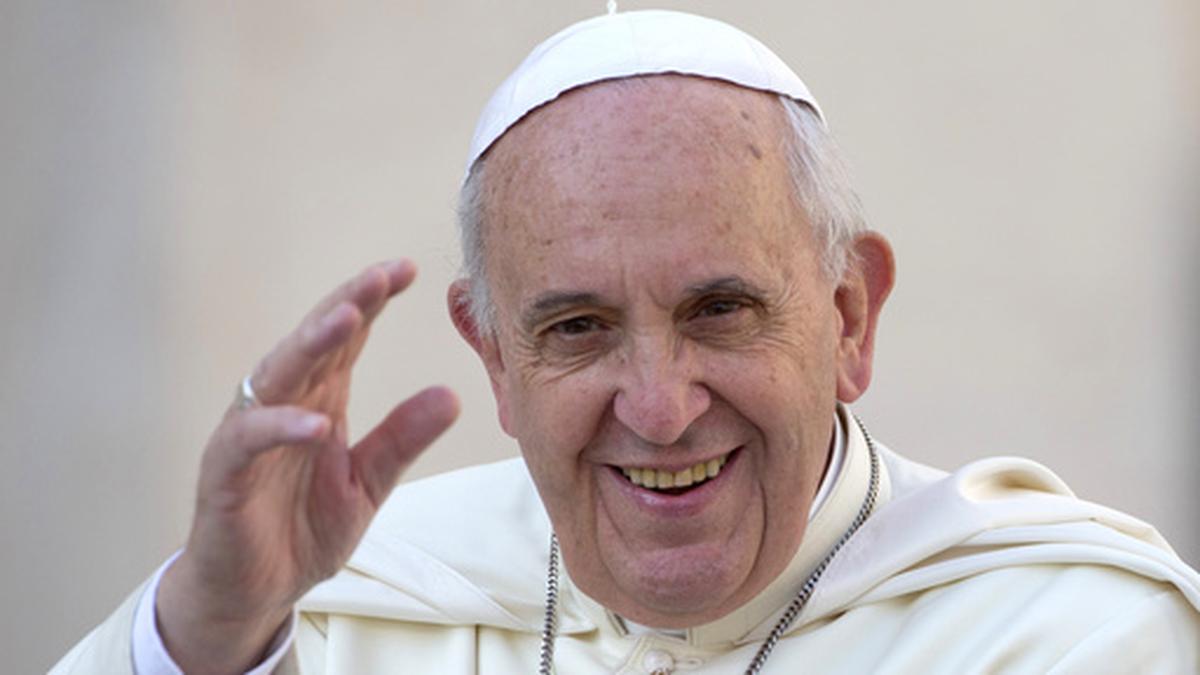When a helper from Ahmedabad wanted to be part of the Aryabhata fable

His zeal, passion and absolute conviction that India must secure an elite place in the comity of space-nations attracted top scientific minds and the common man. They wanted to be a part of the endeavour. Also Read: The story of an ordinary man who did extraordinary things Sudham’s zeal “So many people from Ahmedabad came – scientists, engineers, and researchers, and even a helper! I told the helper, look, you are a Maharashtrian, why do you want to come? What will you get? I can understand all the other people, like engineers, wanting to come, but why do you want to come?” Rao had later recalled. “His mother came and started weeping in front of my wife. I said Ok, come up. I was moved. Then I told the helper to learn a little bit of driving. He became my driver in Bangalore and took me around. That in itself was a matter of pride for him,” he further said. “He, Sudham, was a helper. After several years, he went back to Ahmedabad. His whole family was here in Peenya. He just wanted to be part of the whole atmosphere,” Rao added. Sudham was witness to Rao and Vikram Sarabhai’s hectic routine, conversations, and tensions to get things off the ground, and people coming in and going. He wondered what it was all about and was addicted to the emotion-driven daily life at Ahmedabad, where it was decided that Rao would move to Bangalore to develop Aryabhata. There are many other anecdotes that we can recall in the Aryabhata story. Look at this conversation between Rao and Sarabhai, reflecting their regard and freedom to speak their mind with each other. Sarabhai: “I like everything you said about satellites, but you have not said who is going to build the satellite”. Rao: “Vikram, that’s your problem, choosing the right person is your problem, I can only give you an idea, which I think is right”. Sarabhai: “You can’t run away like that, you have to take charge, and I will not take no for an answer”. Rao: “No, no, I can’t do that, because you know very well, every year I am spending my time away, three months outside the country, and my family is already suffering, and now again taking this up is impossible. It would be tough, and if you take it up, you have to do it properly. You can’t go abroad every year for three months”. Sarabhai even went to Rao’s wife, Yashoda, for a confirmation. Sarabhai: “Yashoda says she doesn’t know anything about it, and you go on saying that your family will be upset”. Rao: “Of course, my family will be upset”. Sarabhai persuaded: “Look, you have to take it up”. Eventually, Rao agreed. Sarabhai was like a father figure to Rao, whom he could not say no to. “He was such a wonderful person. Many a time, it’s the personal relationship that counts. Finally, I agreed to take up the satellite programme,” Rao later said. Also Read: Two minds that inspired each other beyond Indo-Pak borders Overcoming challenges Interestingly, Rao needed critical components for the satellite. People all around him said it would be impossible to source it from the US owing to restrictions. Rao made a decision immediately. “I brought in the components for the first satellite from the US in a suitcase. My friends in the US gave it to me as I told them I could not wait for eight months for components to be made in India. We could have been arrested at customs, but you had to take chances. I didn’t have time on hand, I had to complete the first satellite in two and a half years. I told TN Seshan, the then-Joint Secretary in the department, that I’m not going to pay them as they were all being given by my friends.” Yet another instance of Rao’s strategy to keep the pace going was seen in his advice to the then-Karnataka Industries Minister, M Veerappa Moily, who later became chief minister and a Union minister. Moily was cut up with the owner of Hegde and Golay, the only company that made printed circuits in Bangalore in the 1970s. “At that time, I told Moily to leave the owner alone. Moily was angry because the company had obtained all those printed circuit dot machines illegally, saying that they were required for watches. I said don’t catch him on that. What do you do? You find out some other thing to catch him, but not this, because I need the machines,” Rao had said. Also Read: All is not lost if you don’t make it to IIT Cost of Aryabhata When the country was wondering whether it could afford the expenses involved in the construction of the first satellite, Rao had a conversation with the country’s then Prime Minister Indira Gandhi. “I was connected to Mrs Gandhi. She asked me, right there on the phone, Prof Rao, how much will it cost? I said, ‘Madam, I haven’t worked out the details, I need two hours, and I will tell you. ‘ She said, ‘alright, call me back in two hours. ‘” Rao spoke to the senior people, who, after deliberations, estimated that the satellite would cost ₹60 lakh. However, Rao was furious, He felt the components must be space qualified and radiation hardened, and that cost would be much more. He then gave an estimate: ₹3 crore with ₹1 crore in foreign exchange. “I went to Prof (MGK) Menon and said, connect me to Mrs Gandhi, I am ready to say this is the cost. I said ₹3 crore is very cheap. If you go to America, it may cost ₹20 crore. He connected me to Mrs Gandhi. The first thing she asked me was – Prof Rao, have you got a number?”, Rao recollected later. Once Rao gave the figure, Gandhi gave the go-ahead. “It was instant, absolutely fantastic. She was very decisive,” the scientist had said. Also Read: A toast to Garud N Iyengar’s versatile life Lavatory to laboratory Rao had to act quickly about the data reception centre once the satellite was ready. He felt launching a satellite without owning a data receiving station would be a subject of ridicule, besides losing credibility. He soon came up with a solution: to convert one of the ladies ‘ lavatories into a laboratory. The Peenya sheds had six lavatories, three each for men and women. However, there weren’t many women, which helped Rao to establish India’s first data reception centre in one of them. Rao’s no-nonsense talk made a 12-member Soviet team agree to him, and Prime Minister Gandhi, on his advice, gave the go-ahead to the mission. Soon after the Soviet Union agreed to the launch on Rao’s conditions, he travelled to the launch site, Kapustin Yar in Astrakhan Oblast, some 1000 km from Moscow by car. On 19 April 1975, a Kosmos-3M launch vehicle blasted off with Aryabhata, India’s first satellite. It was launched by the Soviet Union as a part of the Soviet Interkosmos programme, which provided access to space for friendly states. It was formed to conduct experiments in X-ray astronomy, aeronomics, and solar physics. A power failure halted experiments after four days and 60 orbits, with all signals from the satellite lost after five days of operation, but the spacecraft’s mainframe remained active till March 1981 before it entered the Earth’s atmosphere on 10 February 1992 due to orbital decay. After Aryabhata, India established a constellation of satellites, communication, earth observation and remote sensing. Earlier, Indira Gandhi had asked Rao to find a name for the satellite. He consulted an IISc scientist who was also a Sanskrit Scholar. He suggested the name Aryabhata. Two other names were put forward – Jawahar and Mitra. Rao knew Indira would not choose Jawahar, which meant jewel or a gem and Mitra, which meant Friend. In Rao’s view, had Indira chosen Jawahar, people would have said she did so because she was Jawaharlal Nehru’s daughter. Eventually, she decided to name India’s first satellite Aryabhata, after the famed sixth-century astronomer. (P Ramanujam is a science, space, and technology commentator. Edited by Majnu Babu).


















